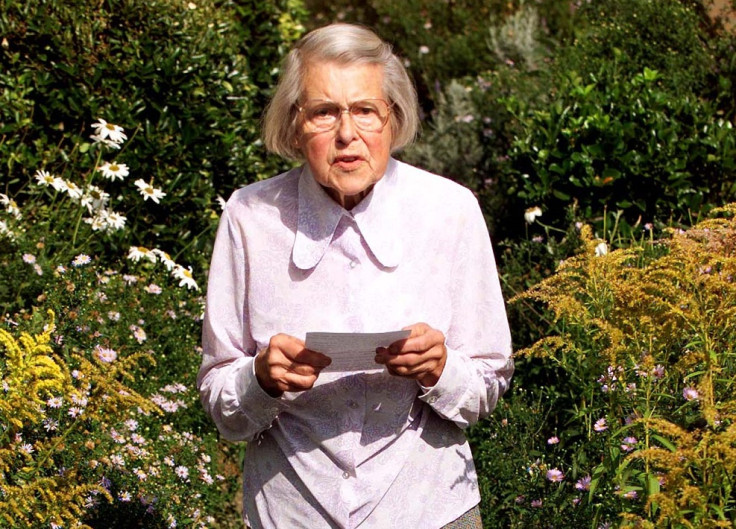KGB Defector Vasili Mitrokhin's Newly-Released Archive Reveals Cold War Secrets of 'Grandmother Spy'

After being hidden in a milk churn underneath a Russian dacha for years, the original documents from one of the biggest intelligence leaks in history were released on Monday after being held in secret for two decades.
KGB files from the famous Mitrokhin Archive, a 2,000-page file on Moscow's foreign intelligence operations created by Major Vasili Mitrokhin, a senior archivist in the Soviet Union's foreign intelligence service, will be opened to the public.
The documents, described by the FBI as "the most complete extensive intelligence ever received from any source", have been made available at the Churchill Archives Centre at Cambridge University.
Between 1972 and 1984, Mitrokhin had unlimited access to hundreds of thousands of files from a global network of intelligence-gathering operations.
After becoming disillusioned with the oppression of the Soviet regime, which he sometimes dated to Russian leader Nikita Khrushchev's speech in 1956 denouncing Stalin, Mitrokhin began to make detailed notes and copies of documents from the archive.

He claimed to have been shocked by the KGB's systematic oppression of the Soviet people: "I could not believe such evil," he said. "It was all planned, prepared, thought out in advance. It was a terrible shock when I read things."
Mitrokhin smuggled the notes out of the building each evening, copied them in longhand and then typed and collated them into volumes. In 1992, after the collapse of the Soviet Union, he, his family and his archive were taken out of the country by the UK's security services.
Professor Christopher Andrew, author of two bestsellers with Mitrokhin and the only historian so far allowed access to the archive, said: "Mitrokhin dreamed of making this material public from 1972 until his death; it's now happening in 2014."
"The inner workings of the KGB, its foreign intelligence operations and the foreign policy of Soviet-era Russia all lie within this extraordinary collection; the scale and nature of which gives unprecedented insight into the KGB's activities throughout much of the Cold War."
Among the papers are files on Melita Norwood, the so-called "Grandmother spy" who was a British civil servant and KGB intelligence source who supplied the Soviet Union with state secrets from her job at the British Non-Ferrous Metals Research Association in London.
Given the codename Hola by her KGB handlers, Norwood was considered the "most important female agent ever recruited by the USSR". She worked for the KGB for about 40 years following her recruitment in 1937, becoming the longest-serving UK agent.
According to her KGB file, Norwood "passed on a lot of valuable materials for nuclear energy which she accessed by removing them from her boss's safe, photographing them and then placing them back". She was awarded the order of the Red Banner "for many years of excellent work".
Mitrokhin's notes also reveal how the KGB spied on the meetings and sermons of Polish cardinal Karol Wojtyla, later to become Pope John Paul II, as well as maps identifying the location of KGB booby traps and hidden arms caches in western Europe.
"The enormous risks in compiling his secret archive might well have ended with a secret trial and a bullet in the back of the head in an execution cellar," Andrew said. "He was a dissident willing to make the most extraordinary sacrifice."
© Copyright IBTimes 2025. All rights reserved.




















